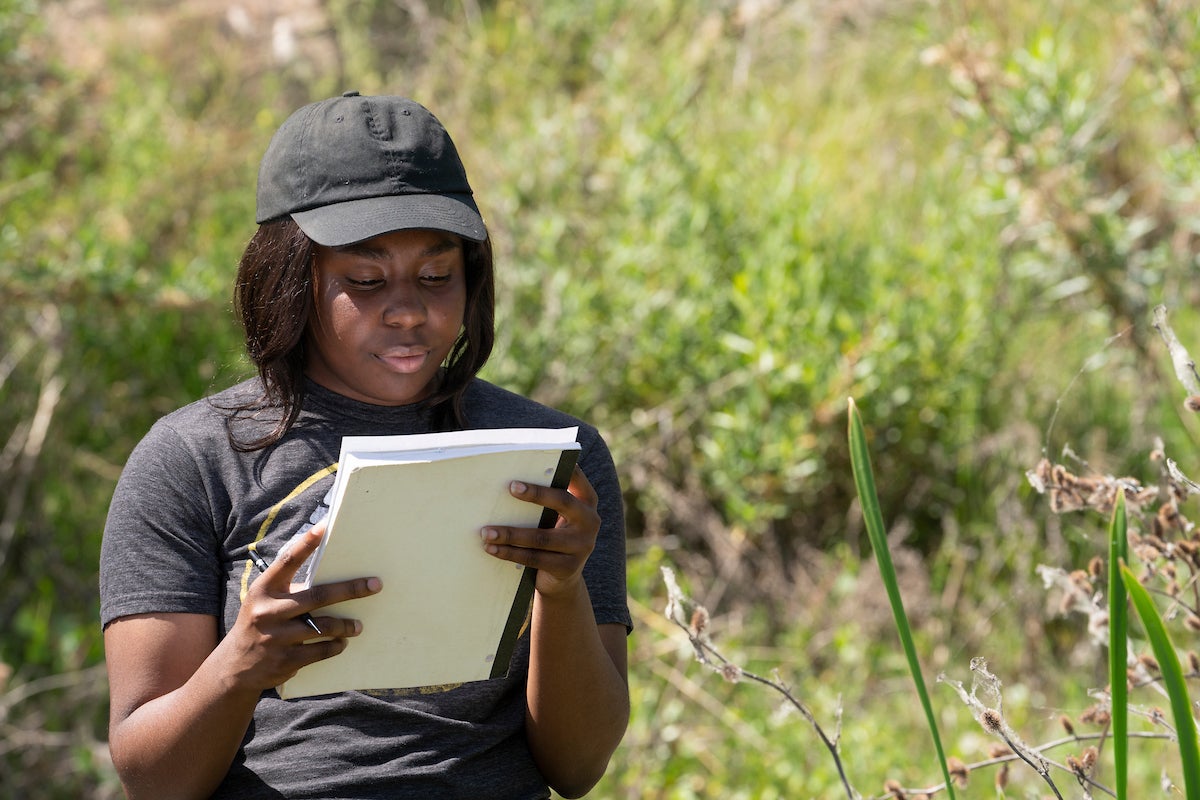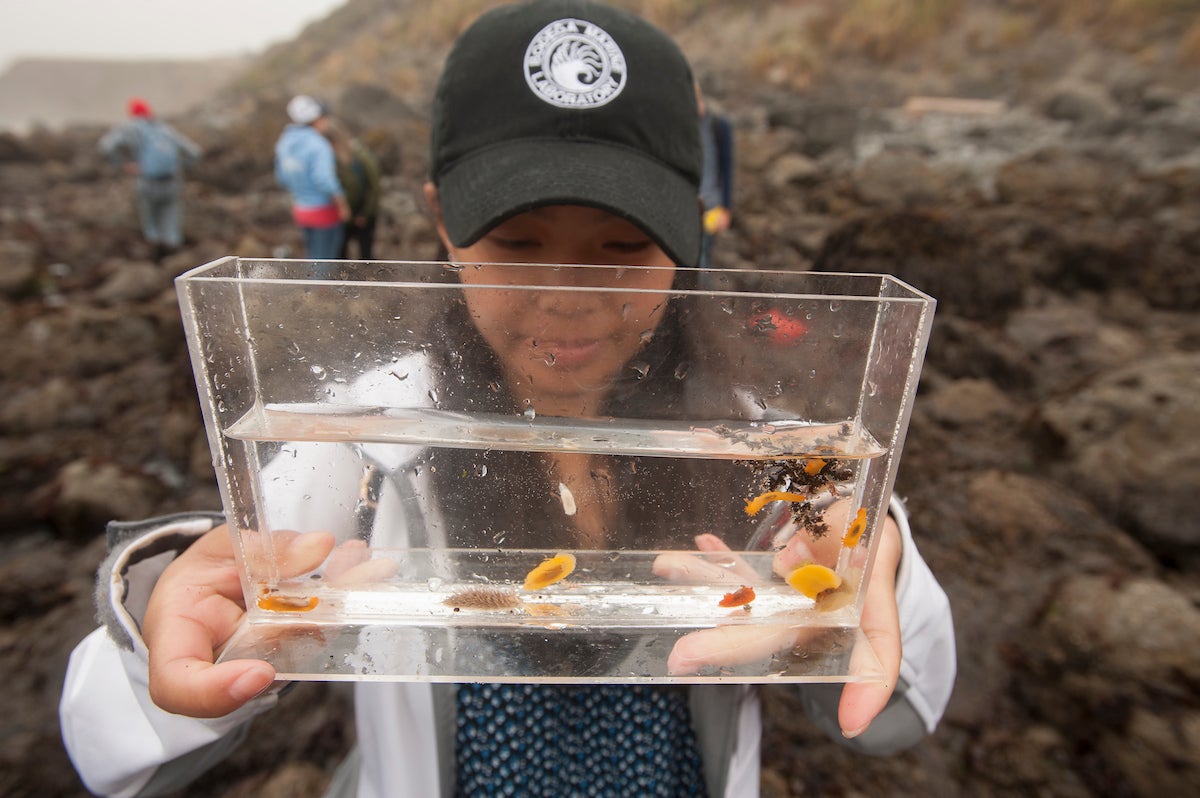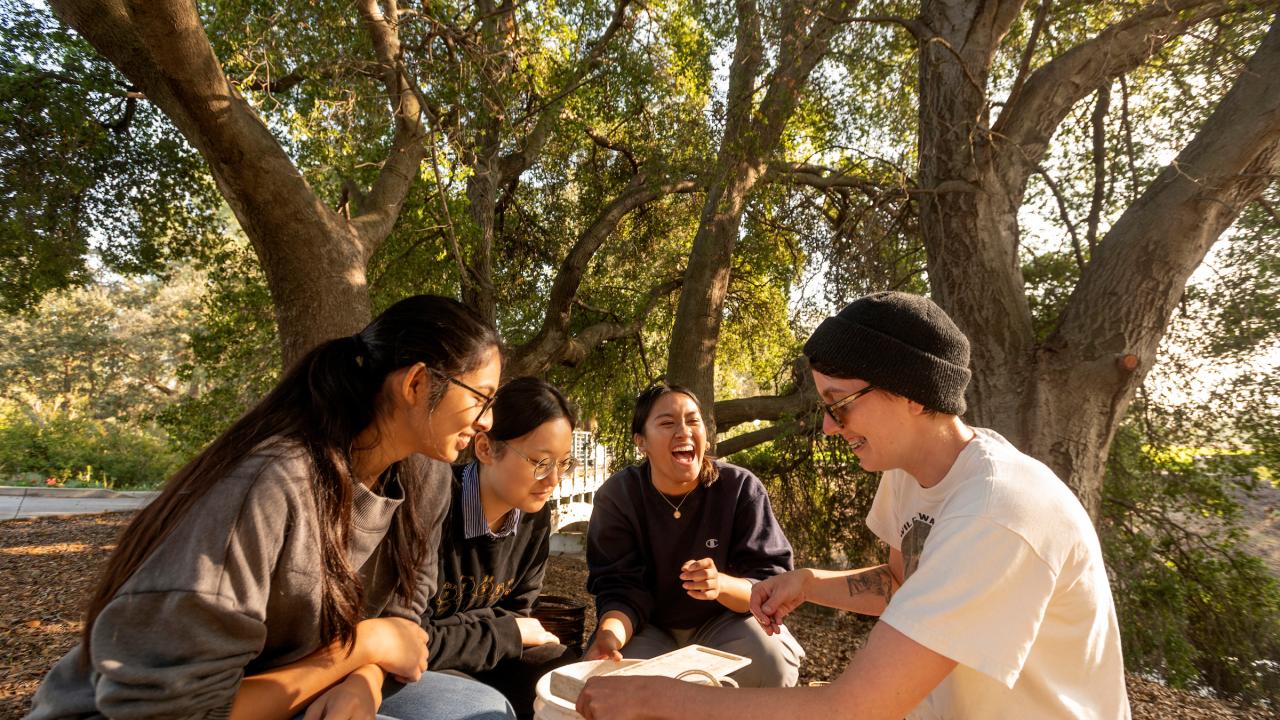When talking to Sarah Costanzo, a fourth-year environmental science and management major at UC Davis, you get the impression she enjoys getting her hands dirty.
“My goal is to ultimately go into creating public policy surrounding soil and soil conversation,” she said, noting that while soil is important for agriculture, “it’s the foundation of what we build on and what we live on.”
Costanzo admitted that she came to UC Davis “with a totally different track in mind — I wanted to be an ecologist, working with wildlife (and) species conservation.” But she switched to a major in environmental science and management (ESM) for its flexibility and breadth of concentrations. “You can meet a really wide variety of professors from different disciplines so you can kind of explore,” she said.
ESM advisor Melissa Whaley agreed.
“(ESM) is a fantastic major for students who want to study environmental science in-depth and/or want to save the planet. Our major mixes traditional environmental science with environmental policy, which is where the management aspect comes from.”
There are six tracks for ESM majors:
- Ecology, biodiversity and conservation
- Natural resource management
- Climate change and air quality
- Geospatial information science
- Watershed science
- Soils and biogeochemistry
Hands-on experience in environmental science and management

Opportunities that are unique to this major, according to Whaley, revolve around the hands-on experiences that students will have. “Our students have the opportunity to take fantastic field and lab courses. We want our students to get real-world, hands-on experience as part of the major.”
Costanzo acknowledged that this was key to her deciding on ESM, with a minor in soil science. “For the major, you’re required to do an internship, which is a really good way to force you to get involved and explore your interests.”
Joining a laboratory her first year at UC Davis, Costanzo is now doing fieldwork at the Campbell Tract, near West Village student housing. Her team studies agricultural amendments to sequester atmospheric carbon as a way of mitigating climate change.
“We’re seeing how all those amendments can work together,” she said, adding, “It’s a huge project that’s all up and down California. We have a bunch of field sites, and we’re working with other universities, too.”
For her part, Costanzo measures how fast water is infiltrating the soil, processes the samples and does data entry for the project. She said she enjoys the mix of field and lab work.
The major also includes the option to take courses at the Bodega Marine Lab in Bodega Bay, Whaley explained, “one of the most biodiverse marine areas in the world.” Students are encouraged to try a variety of science-based and environmental internships, including on- and off-campus, as well as abroad.
Classes and careers in environmental science and management

Whaley said that any student considering ESM should know that “Our faculty are some of the most prominent environmental scientists and policy experts in the country. An environmental science degree from UC Davis means something.”
Costanzo has been impressed by the faculty in ESM. “Every time I take a class with a fabulous professor, I’m like, ‘This is what I want to do with my career!’”
One of Costanzo’s favorite courses was urban and regional planning. “It really made me think about the built environment around me [and] how things could be better,” she said. She also enjoyed classes in soils and land use in the environment and environmental law, which came as a surprise. Originally, she had thought: “I don’t want to do policy, I just want to do science! But when I was taking the policy classes, I was like, ‘This is so cool!’ I can apply the science to real-world problems and public policy. And I wouldn’t have known that if I hadn’t been willing to take those classes just to see.”
Her lab experience has also given Costanzo the chance to present her own research. She attended a conference this past November in Utah which has further pushed her toward a career in science.
Graduates in ESM go on to careers in public agencies specializing in natural resources and ecological resources, or as city planners and environmental analysts. They also work in conservation organizations, environmental consulting firms and as environmental lawyers.
As enthusiastic as she is about her choice of majors, Costanzo admitted, “Agriculture wasn’t even on my radar until I came here, and Davis is such a great agricultural school that I feel like I just fell into it. But it’s super cool and super important, so I’m glad to be involved.”
Lev Farris Goldenberg is a junior at UC Davis majoring in anthropology. He works as a fellow for Strategic Communications at UC Davis.
Tanya Perez is the Associate Director of Student Fellowships at Strategic Communications.
